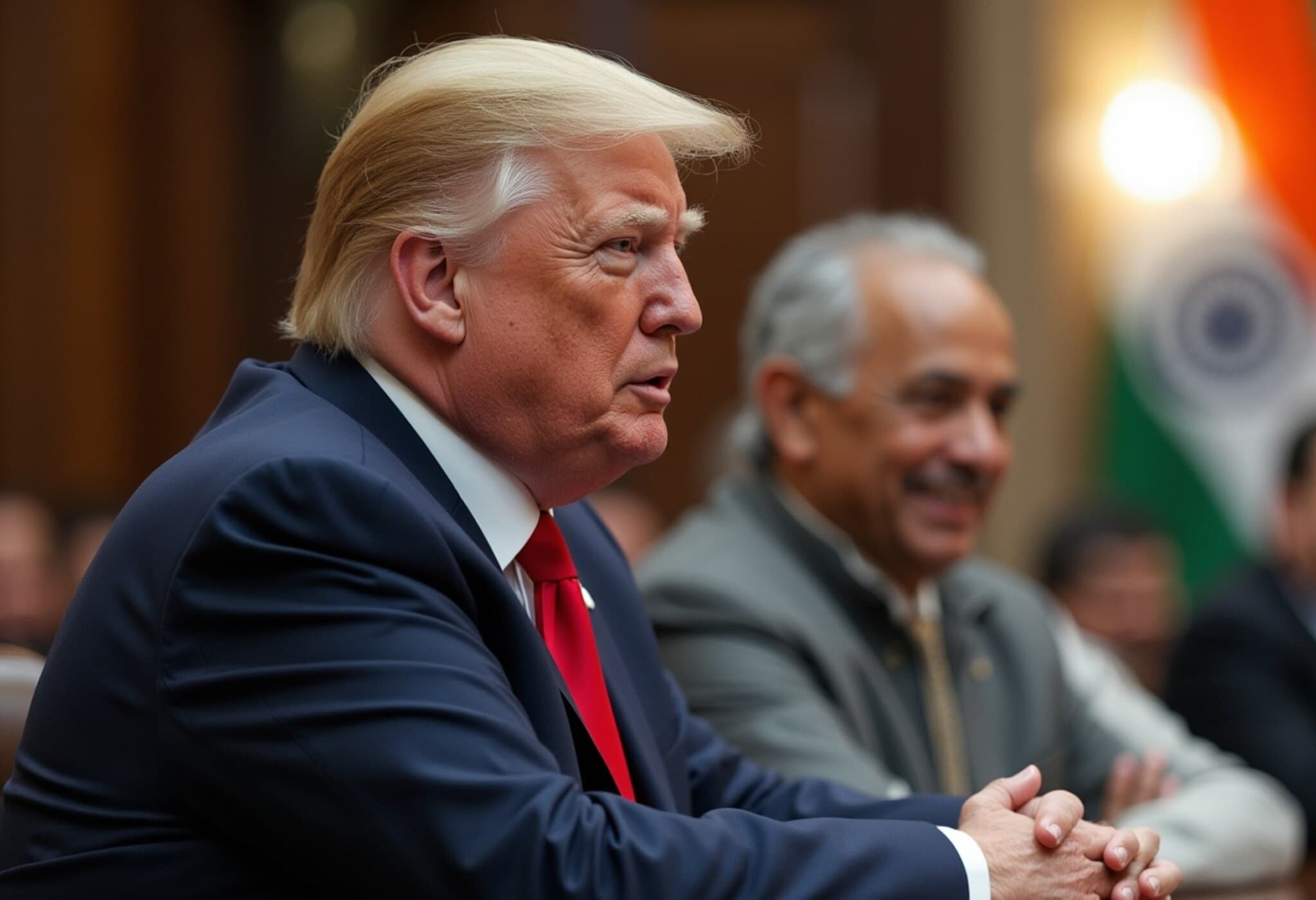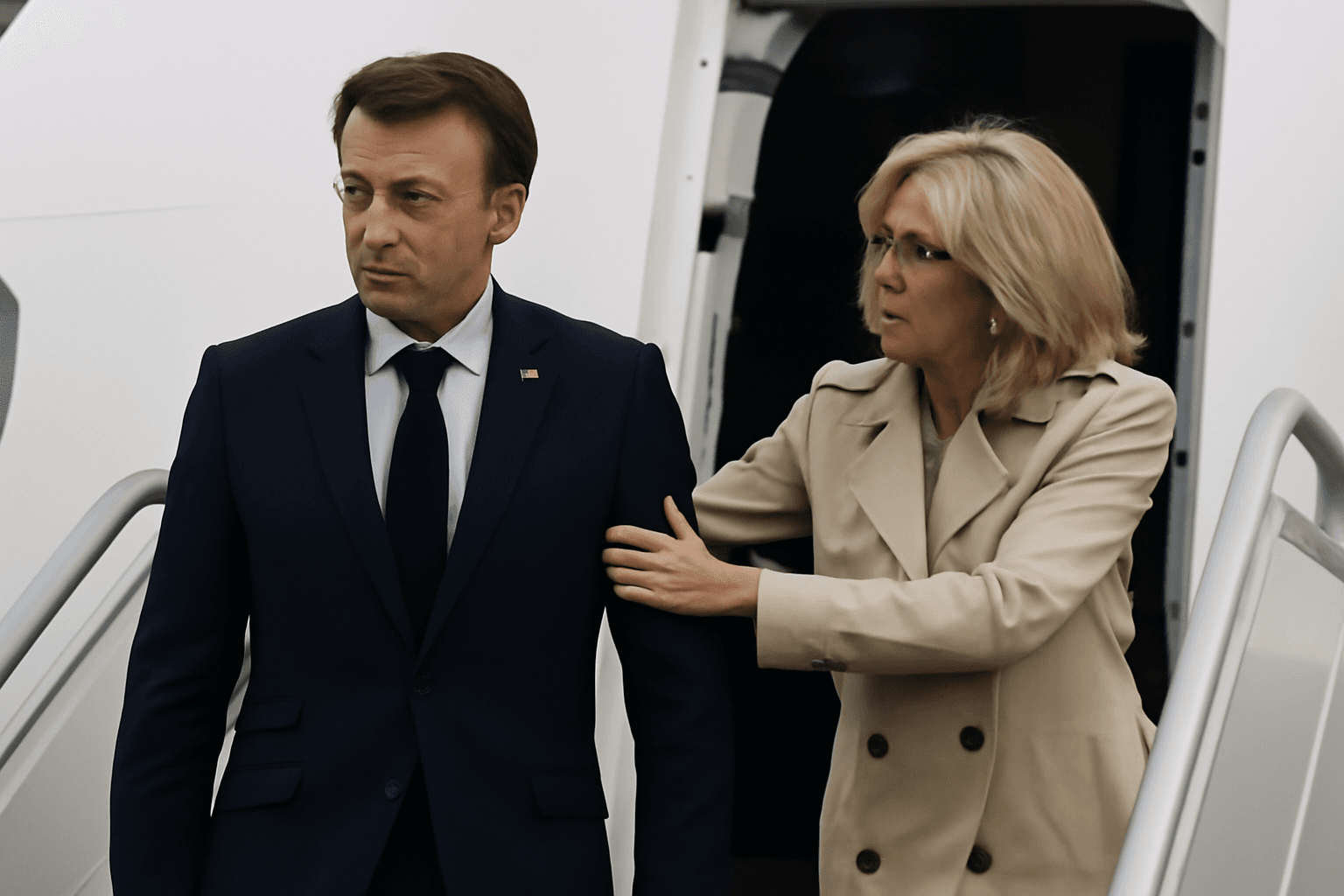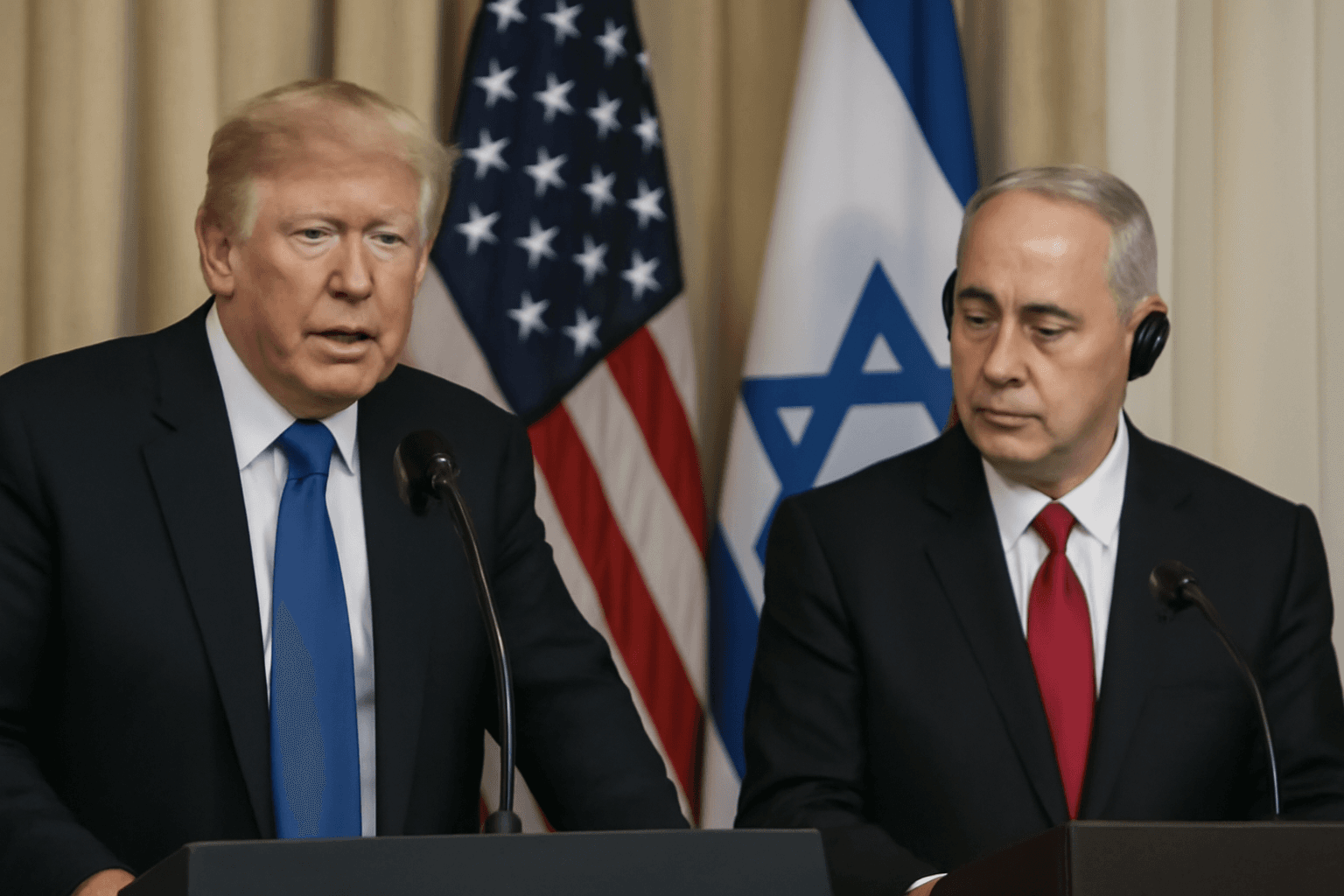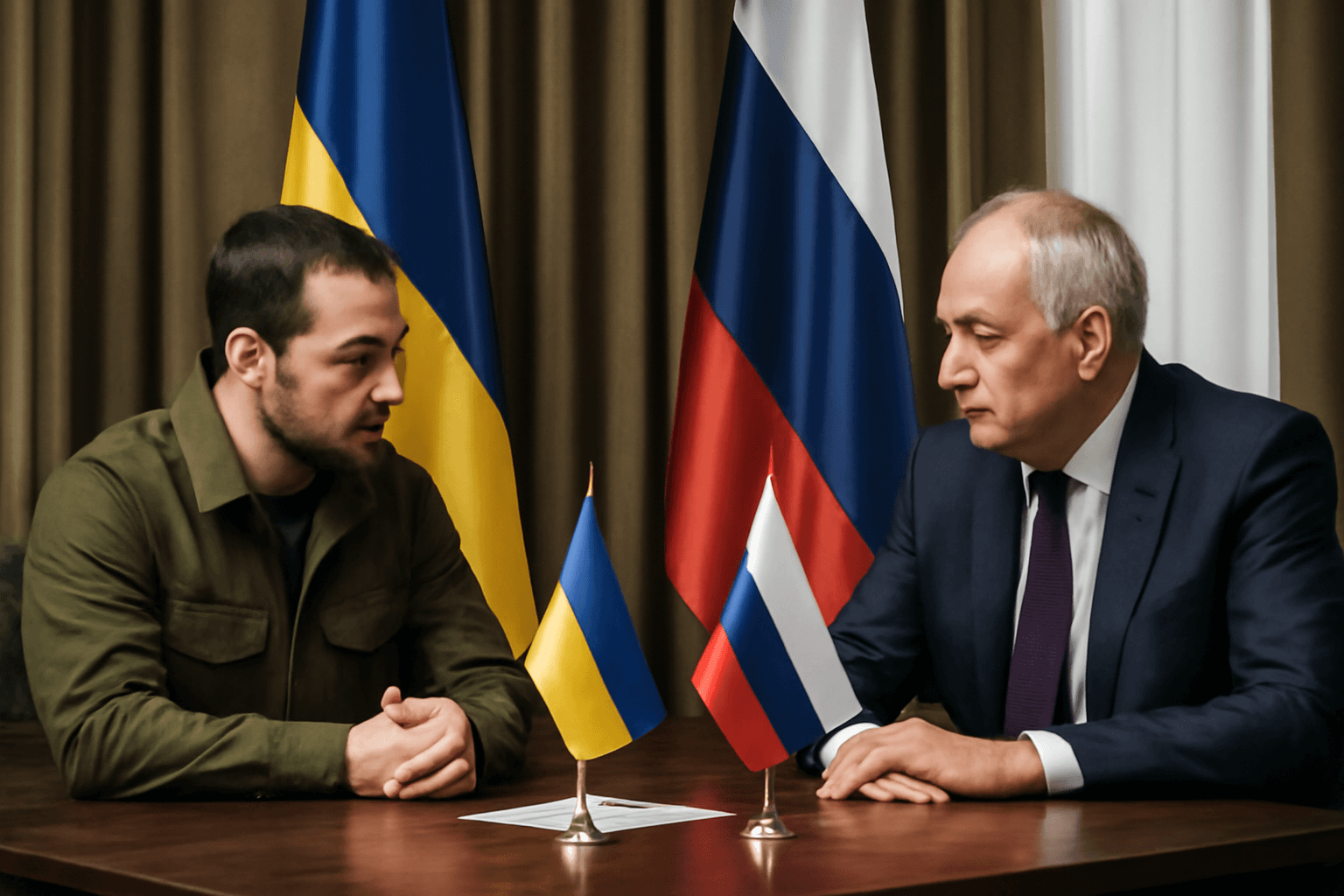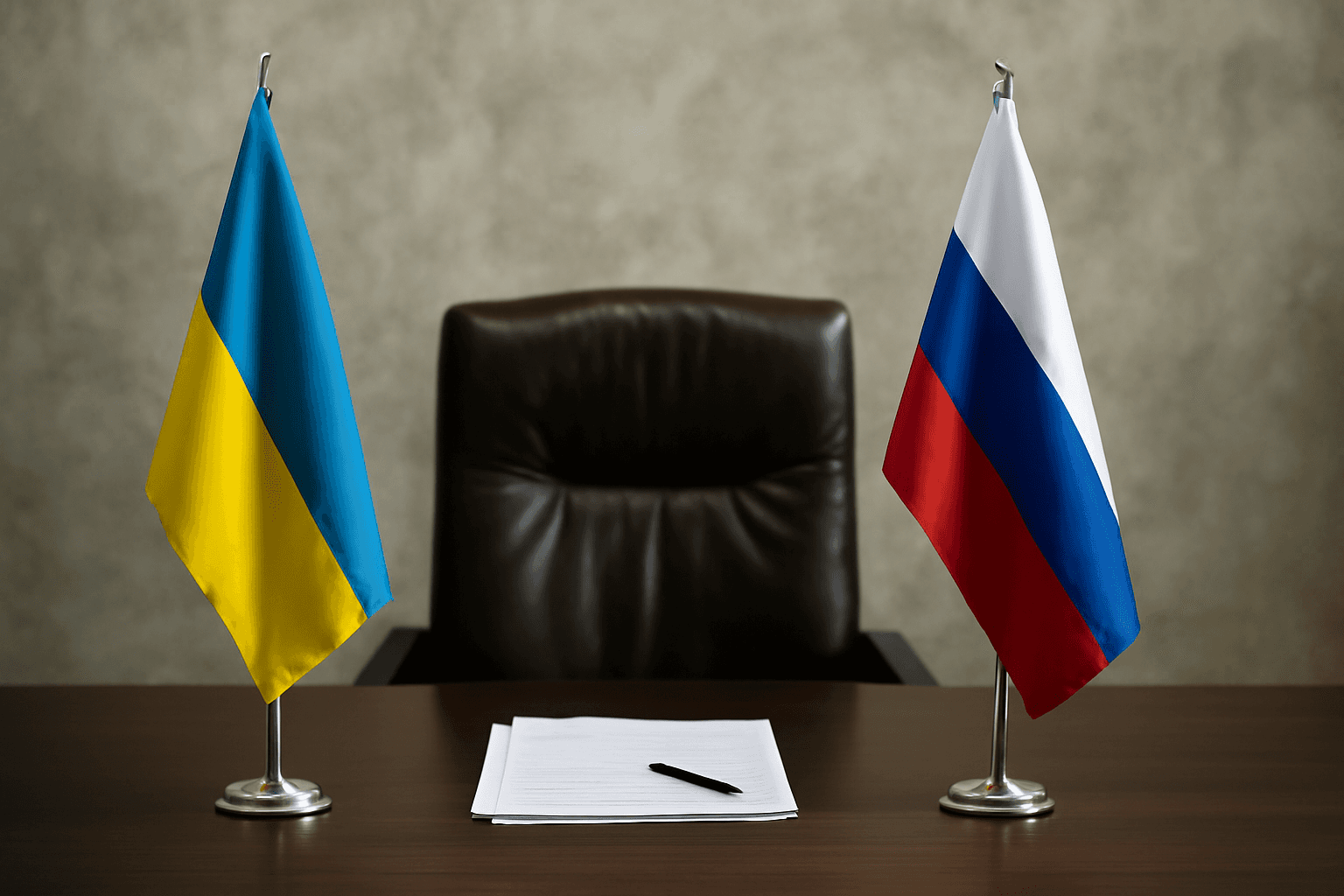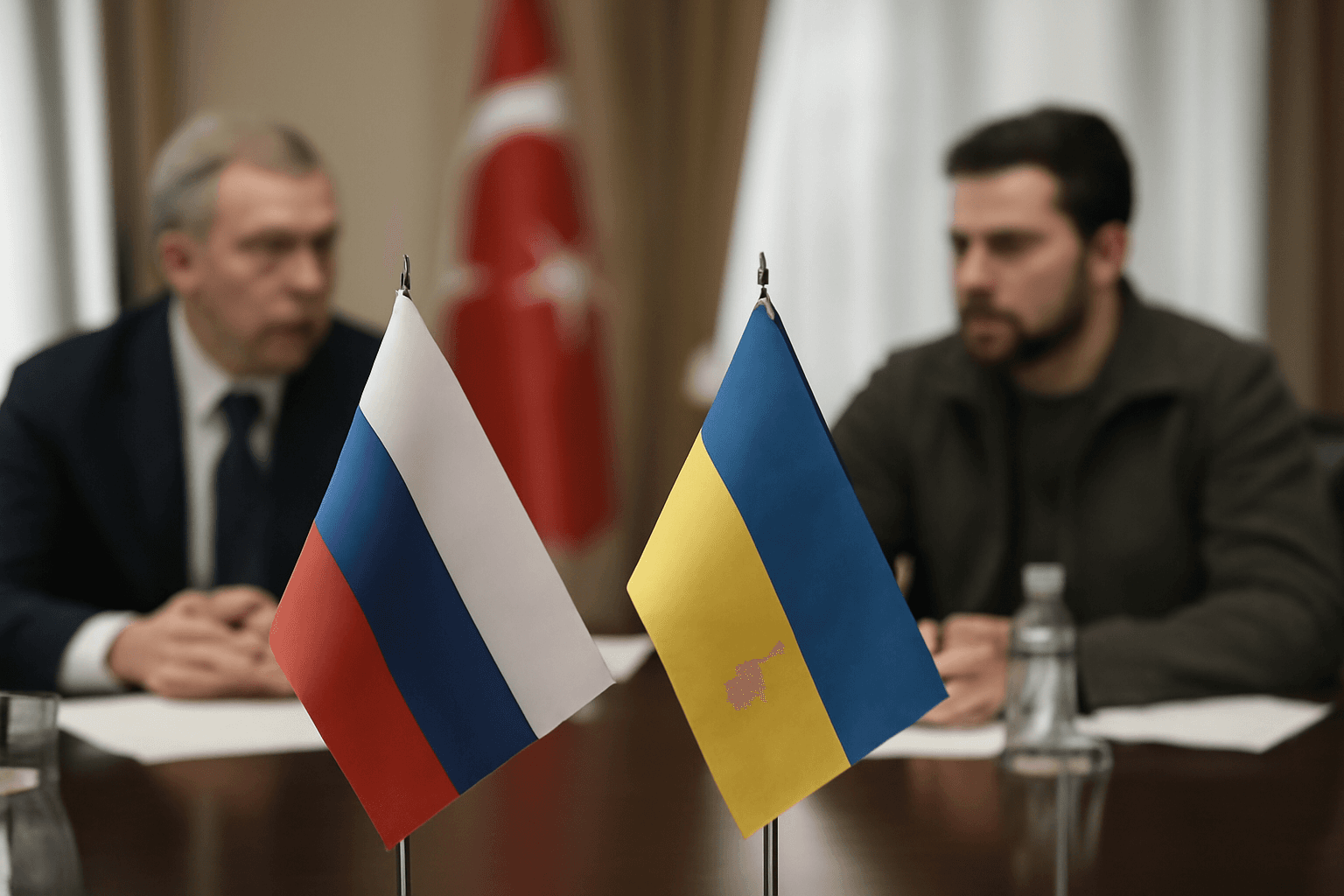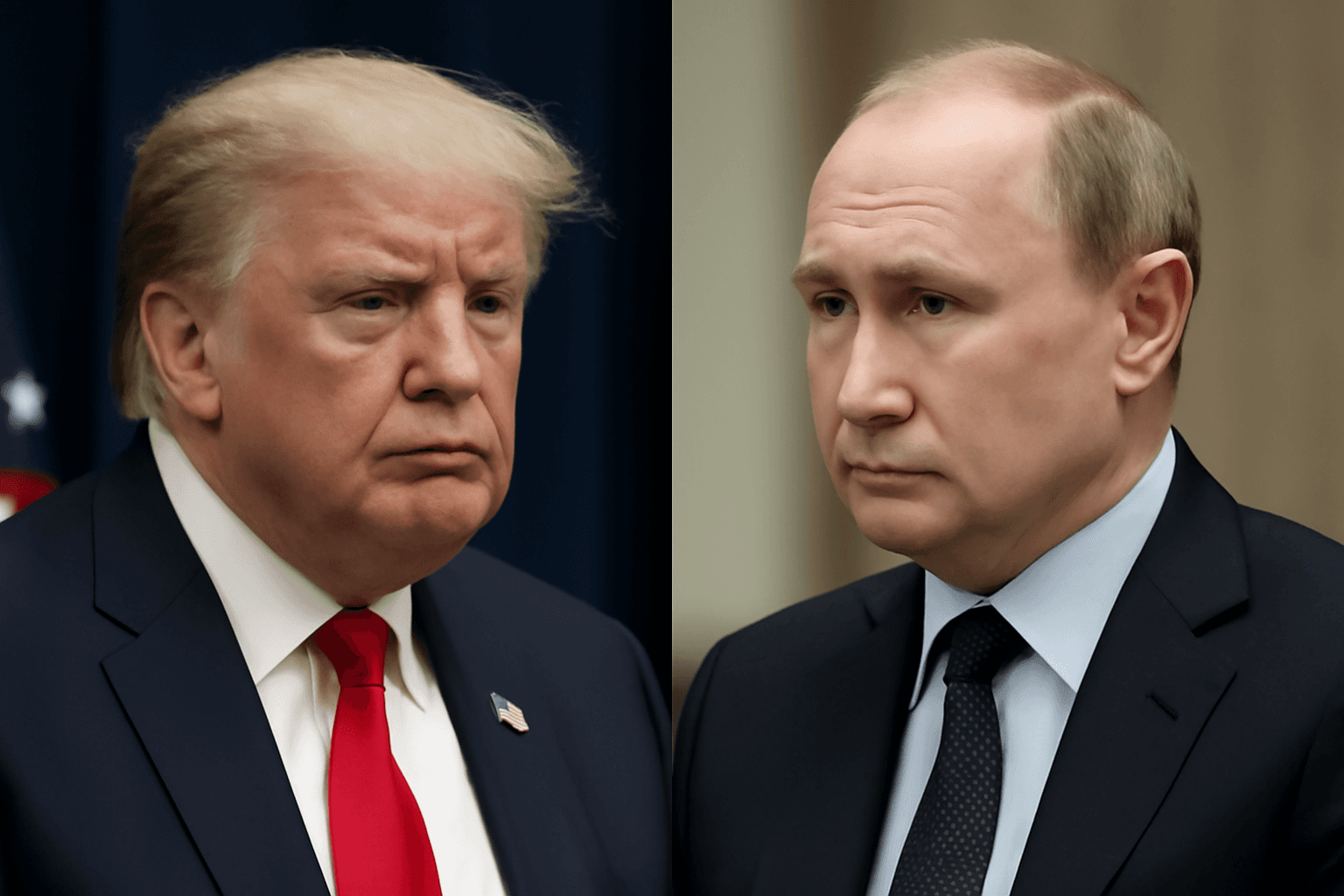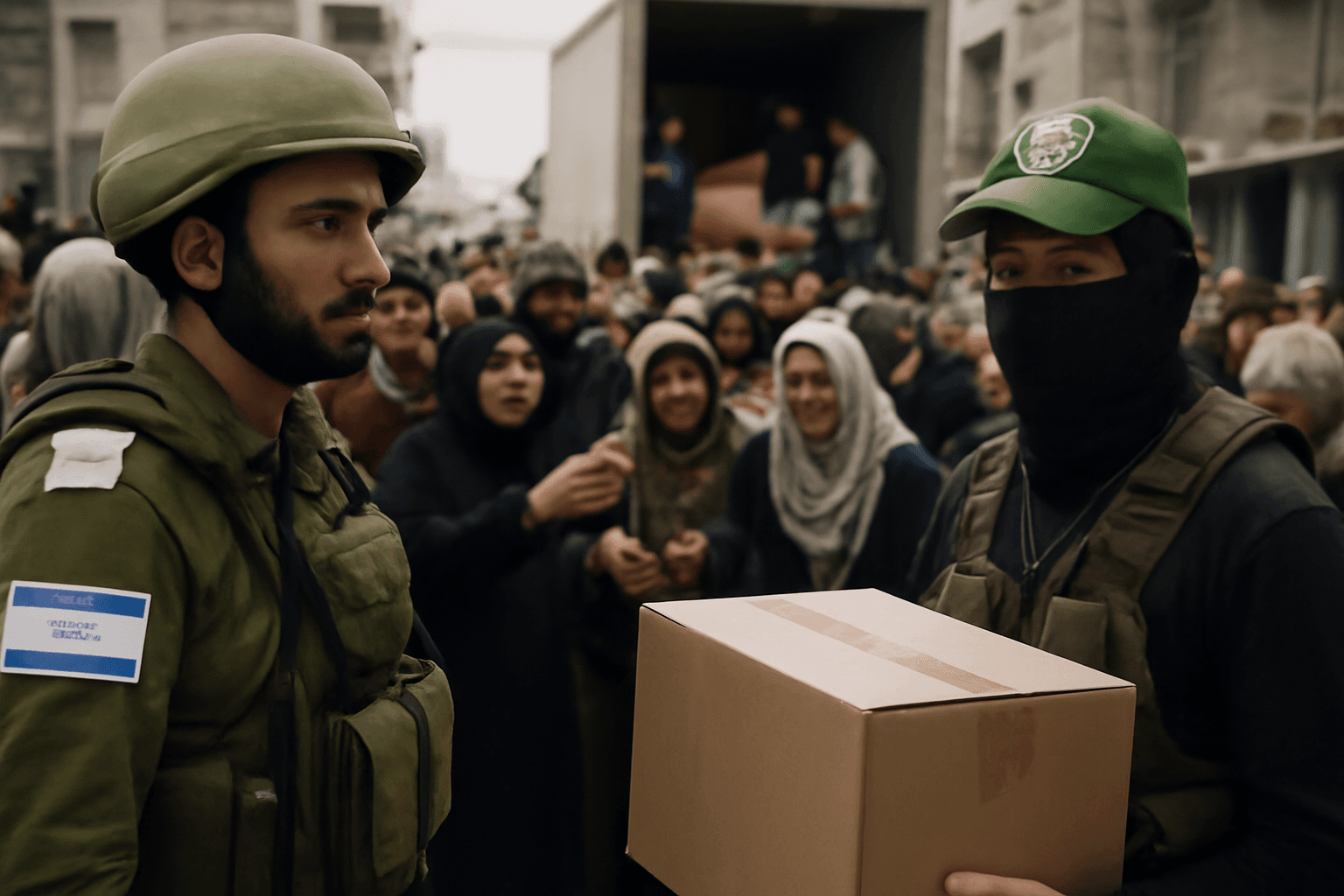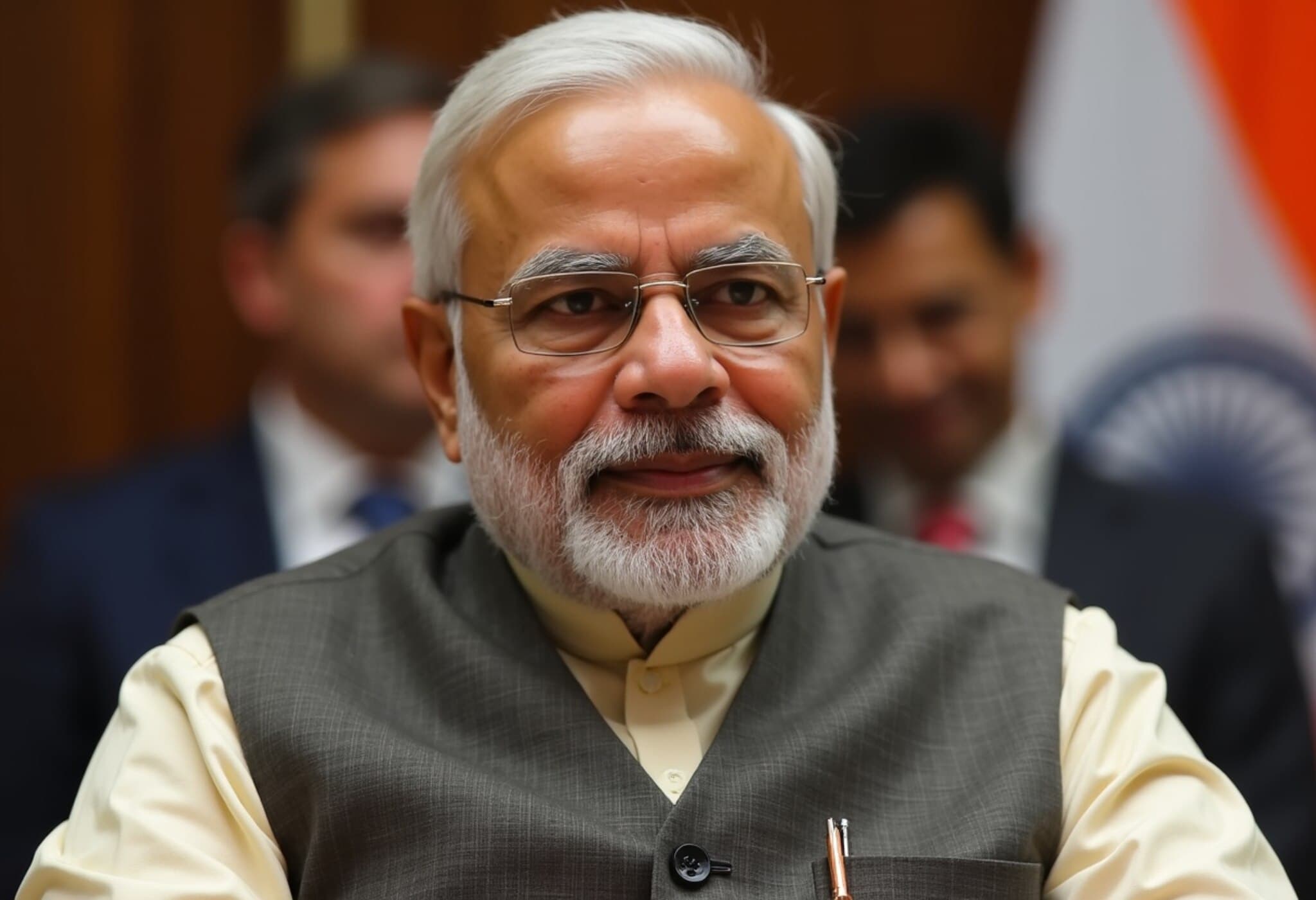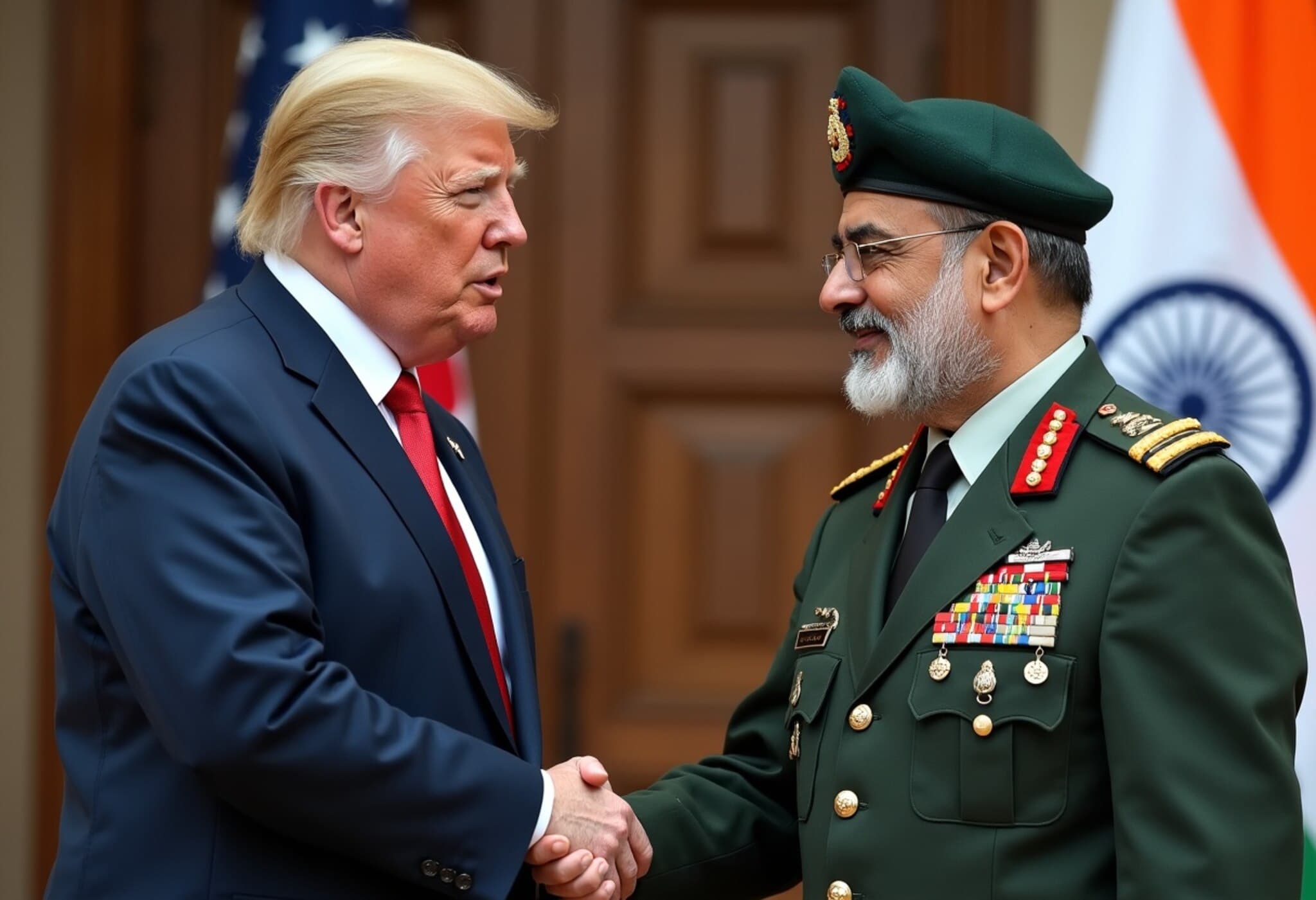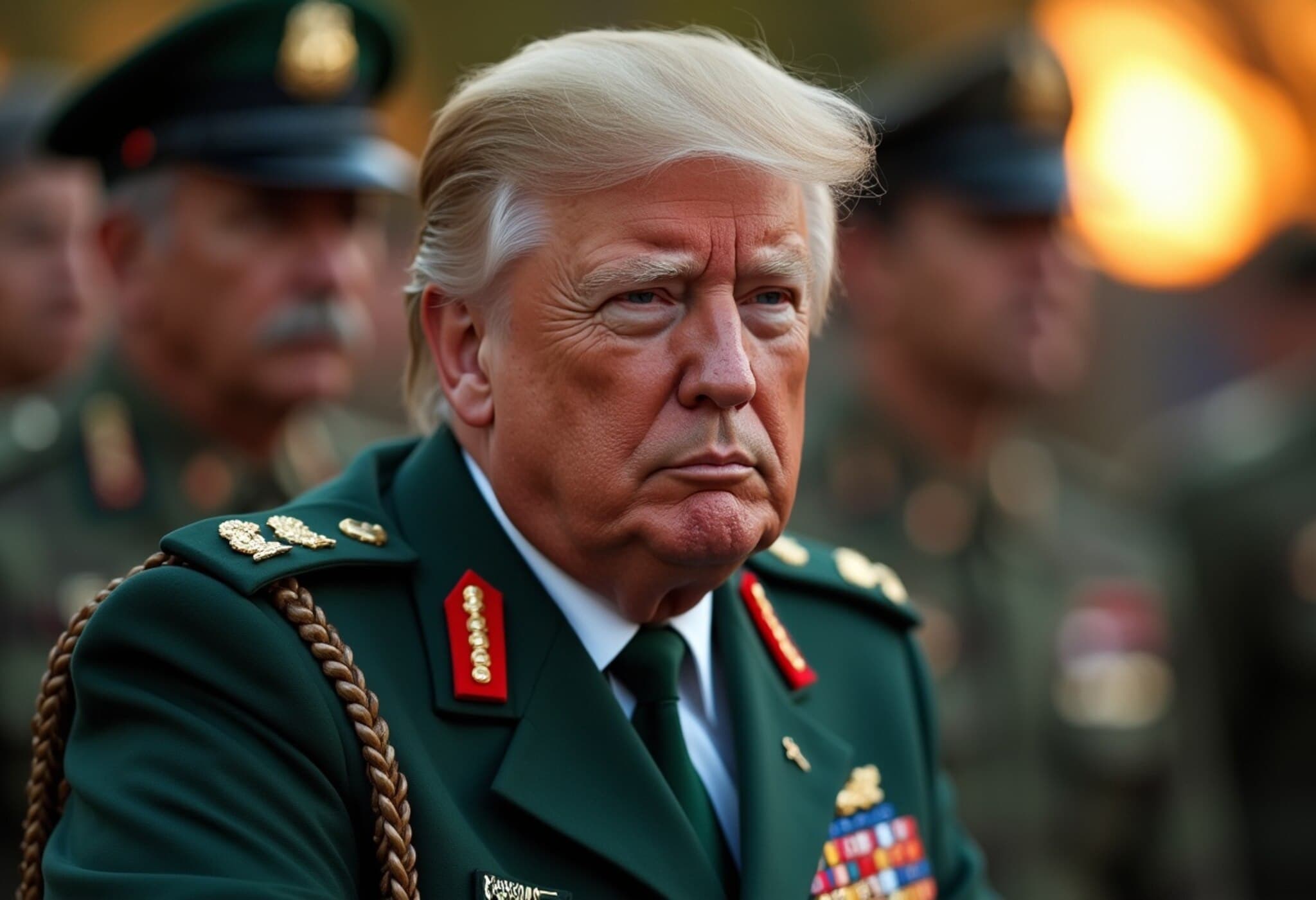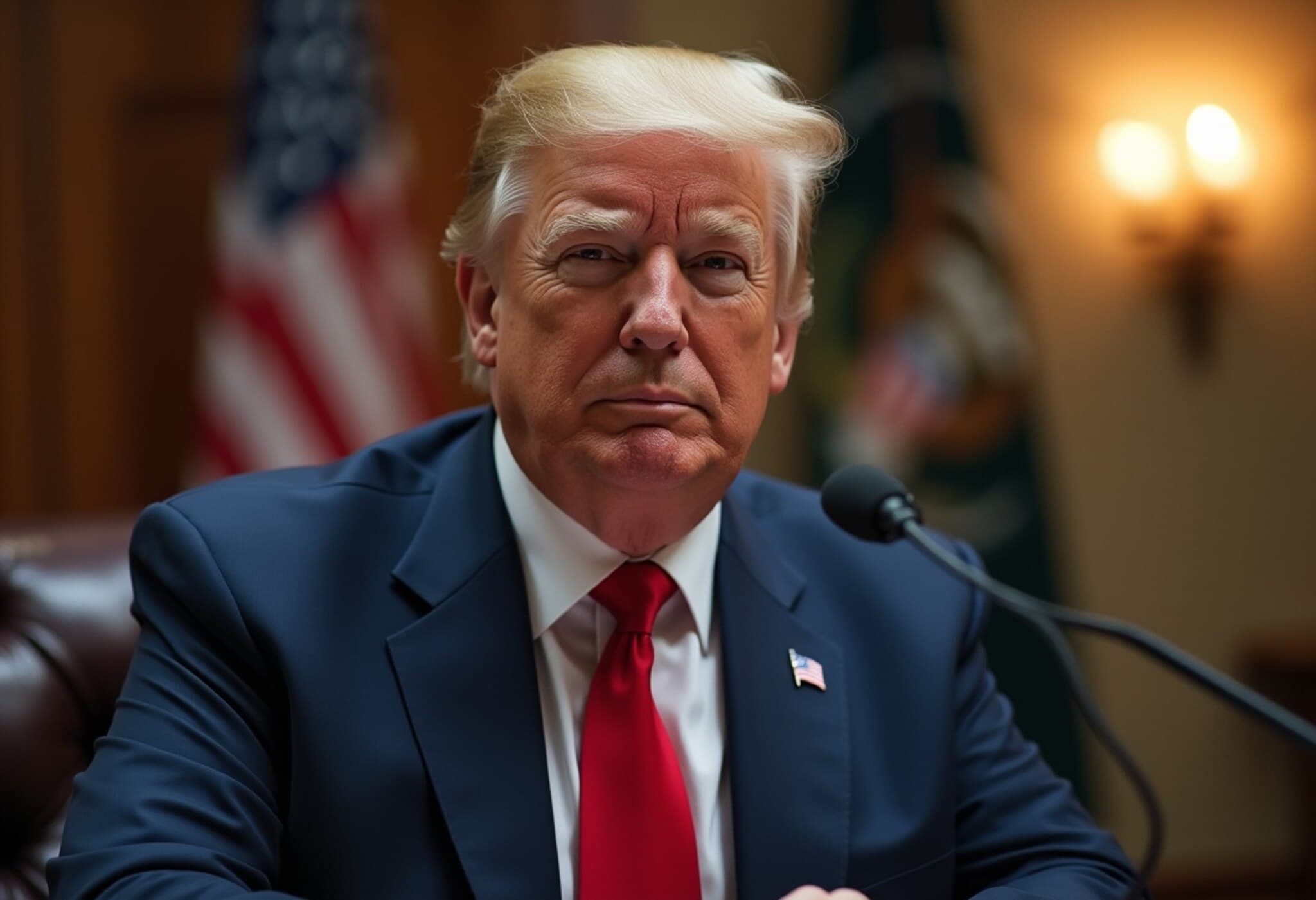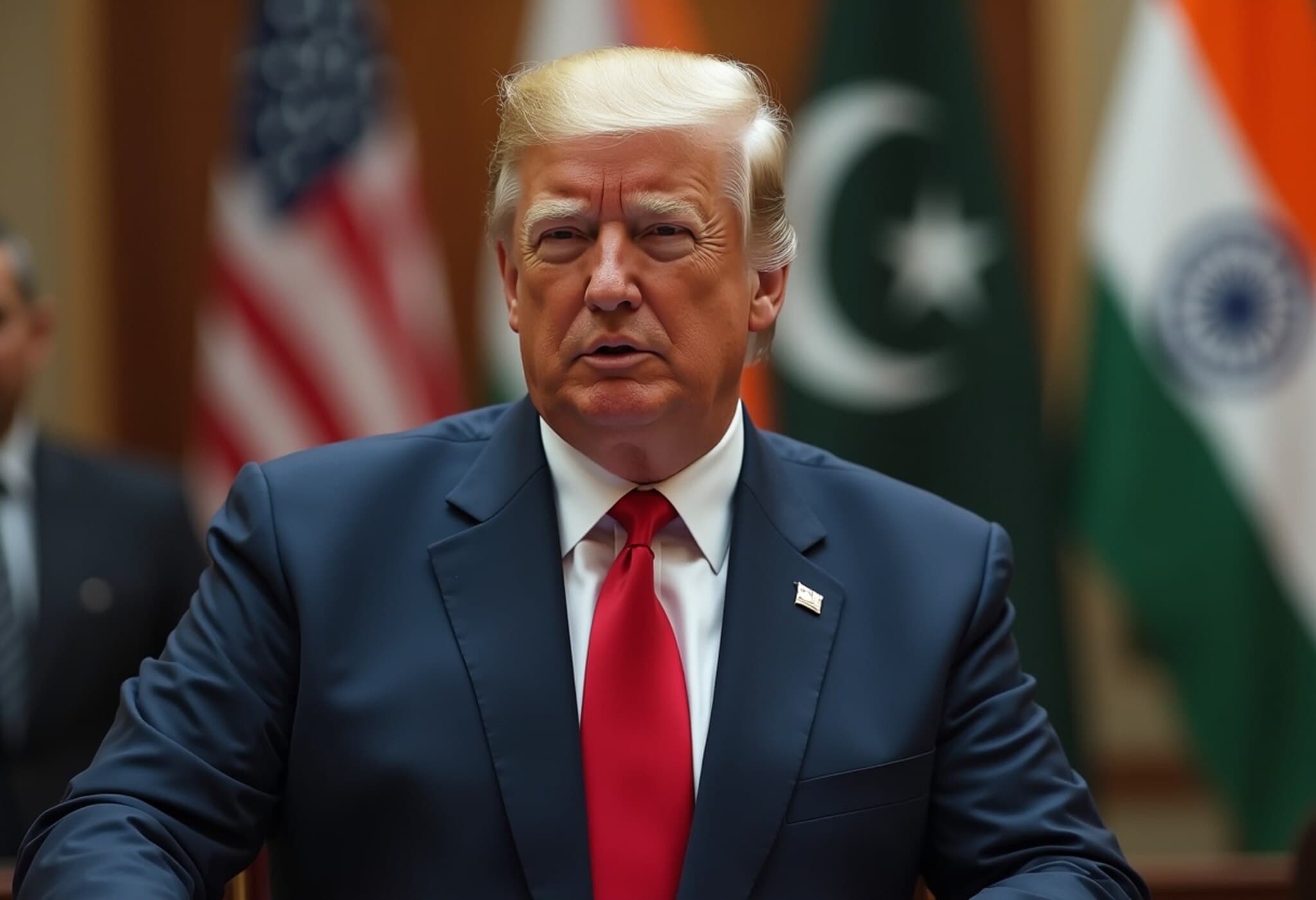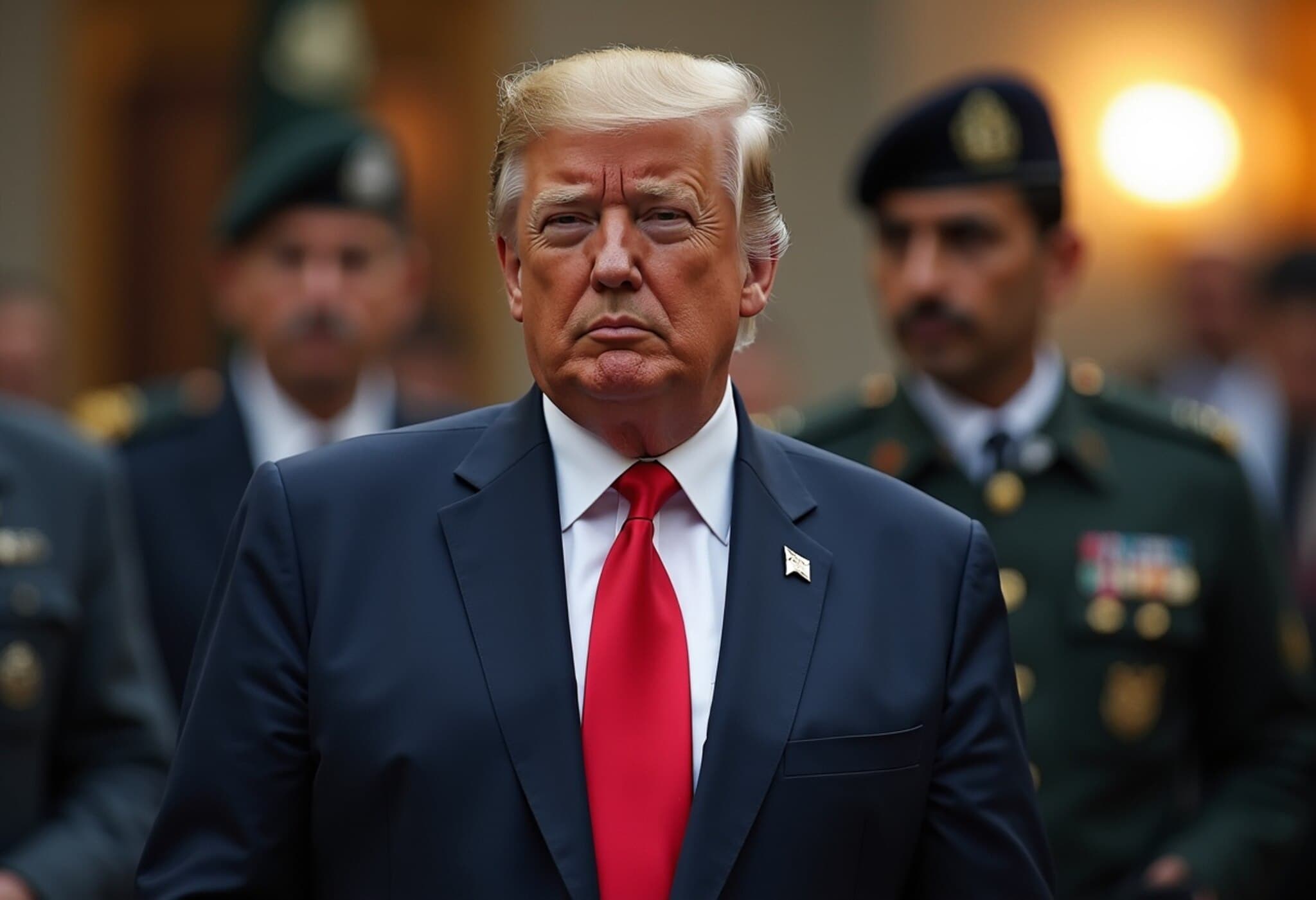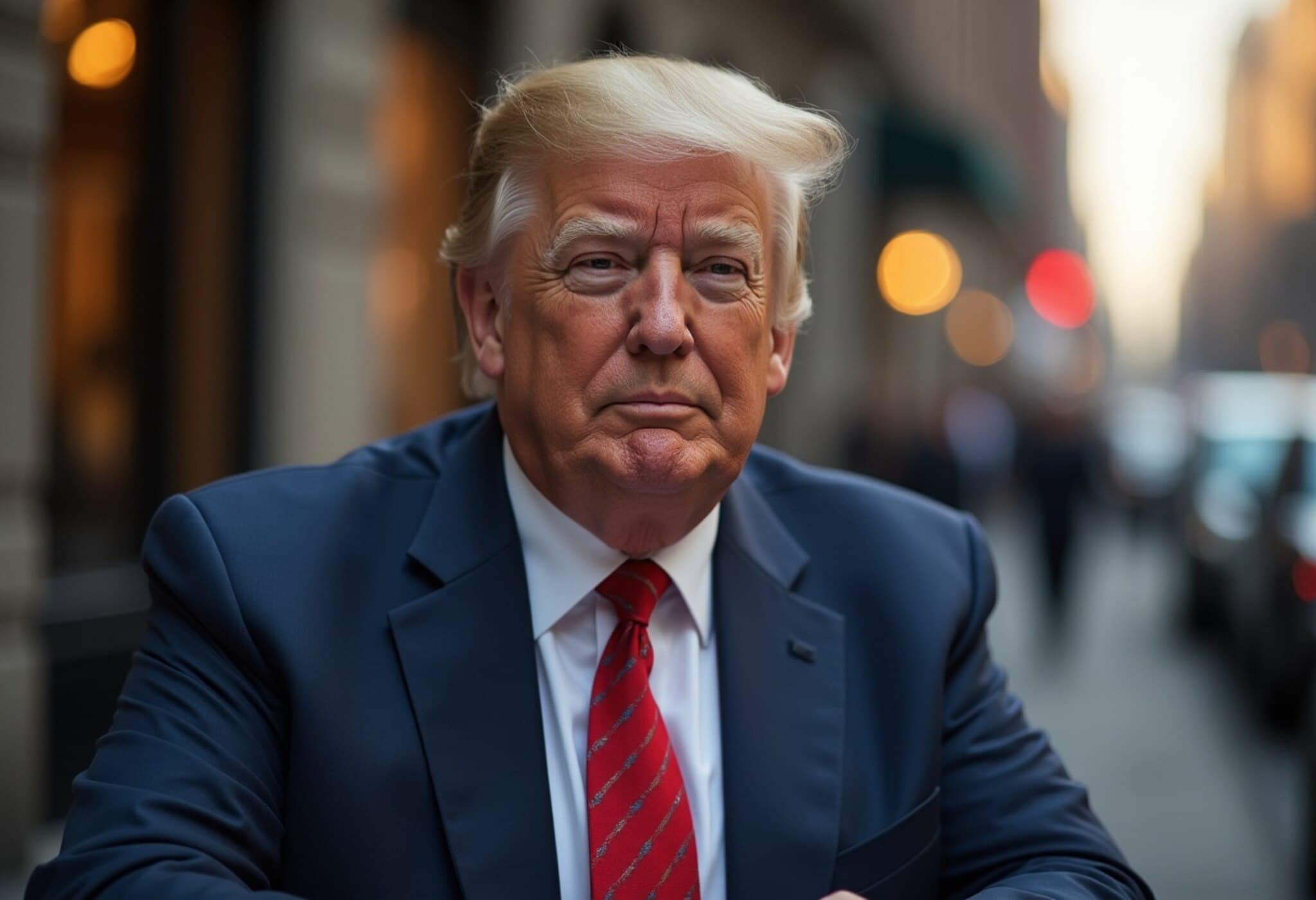Trump Boasts of Playing Peacemaker in India-Pakistan May Conflict
In a striking declaration, former US President Donald Trump once again asserted that he successfully defused the military tension between India and Pakistan during their brief but intense skirmish in May 2025. Speaking at a cabinet meeting, Trump claimed he personally spoke with Prime Minister Narendra Modi to prevent the two nuclear-armed neighbors from spiraling into full-scale war.
Trump’s Bold Claims: Conversations and Tariff Threats
Trump recalled the incident in detail, emphasizing his ‘very terrific’ rapport with Modi. According to Trump, he confronted Modi about the "tremendous hatred" and longstanding hostility between India and Pakistan, cautioning him on the dangers of escalating conflict, especially with nuclear weapons involved.
He described his tough stance during the interaction, stating, “I don’t want to make a trade deal with you… or we’re going to put tariffs on you that are so high, your head’s going to spin.” This remark aligned with Washington’s actual imposition of new tariffs on Indian goods effective August 27, 2025, which push the overall tariff burden on Indian products to nearly 50%.
Discrepancies and Official Denials
Despite Trump’s claims, External Affairs Minister S. Jaishankar publicly refuted any direct call or discussion between Modi and Trump during the military stand-off. Speaking in India’s Lok Sabha (lower house of parliament), Jaishankar clarified that there were no phone conversations between April 22 and June 17, 2025, the period covering the conflict.
This stark contradiction raises important questions about the narratives shaping international perceptions. Indian officials have maintained that the ceasefire initiated on May 10 was the result of bilateral military communication, specifically between the Directors General of Military Operations (DGMOs) of both nations, without third-party intervention.
Operation Sindoor: The Ground Reality
Operation Sindoor, launched by India on May 7, followed a devastating terror attack in Pahalgam on April 22 that killed 26 civilians. The operation sparked a brief yet fierce conflict marked by missile and drone strikes primarily initiated by Pakistan. Although the fighting was intense, the ceasefire on May 10 ended hostilities.
Trump’s statements about the number of jets shot down—first five, then seven—remain unsubstantiated and somewhat inconsistent without specification of the aircraft’s national origin.
Expert Analysis and Broader Implications
Trump’s narrative fits into a broader pattern of self-aggrandizement regarding foreign policy achievements and comes amidst ongoing trade tensions with India. His tariff threats align with a growing protectionist stance during his tenure, underlining the complex economic and diplomatic relationship between the US and India.
From a geopolitical standpoint, the India-Pakistan conflict remains one of the most volatile flashpoints globally. Accurate and transparent communication between all involved parties is crucial for de-escalation and future stability.
Moreover, Jaishankar’s firm denial highlights a key issue in global diplomacy: the importance of verifying information amidst political posturing. Reliance on unconfirmed statements or self-reported achievements risks undermining trust and obscuring true diplomatic efforts.
Underreported Perspectives
- Impacts on Indo-US Trade Relations: The timing of Trump's comments, just before tariff hikes, suggests a possible link between security rhetoric and economic policy.
- Domestic Audience Influence: Such declarations often resonate more with domestic political audiences than with international negotiators or affected countries.
- Military-to-Military Channels: The emphasis on DGMO communication in India-Pakistan conflict resolution underscores the critical role of military diplomacy, often overshadowed by political narratives.
Conclusion: Navigating Truth and Diplomacy
The contrasting accounts between Trump’s bold assertions and India’s official denials present a complex tapestry of diplomatic signaling, political messaging, and real-world conflict management. As global observers, we are reminded of the necessity to critically evaluate statements from powerful figures, understand nuanced diplomatic protocols, and recognize the separate spheres of military and political engagement in crisis scenarios.
Editor’s Note
This incident spotlights the challenge of navigating truth in international diplomacy, where narratives can serve both strategic communication and domestic political objectives. Readers are encouraged to consider the wider context—including economic, military, and geopolitical layers—to fully grasp the complexity beyond headline claims. How do such contradictory accounts affect global trust? And what mechanisms can ensure transparency without compromising sensitive security dialogues?

